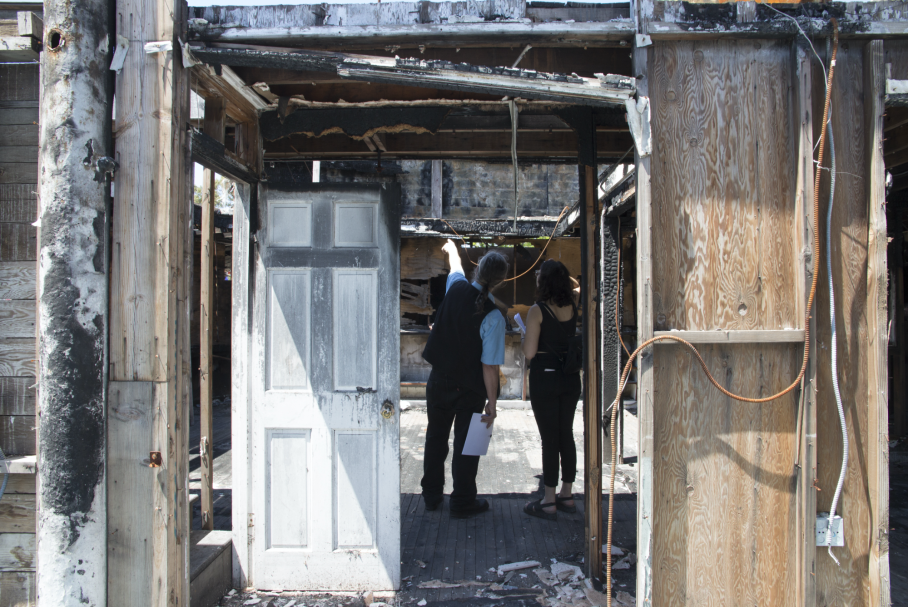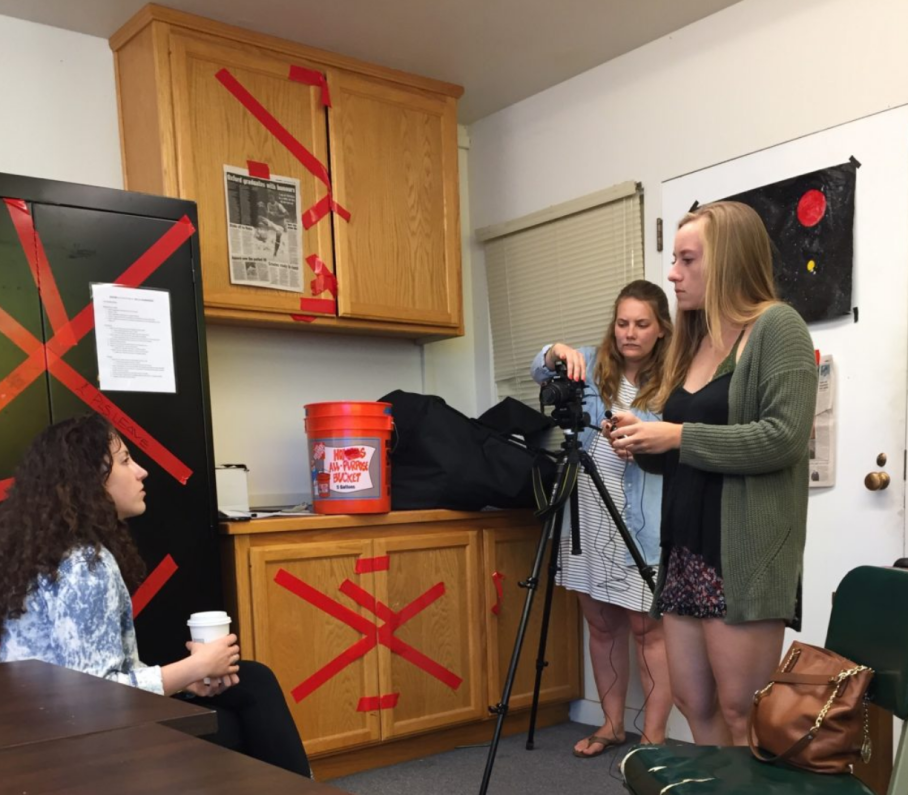Cal Poly students push boundaries of digital storytelling using Matterport
Fires, mazes, and puzzles - oh my!
What do a mysterious fire, an underground labyrinth and an escape room have in common? They are each the focus of student journalism projects produced by California Polytechnic State University that used virtual reality technology to explore new boundaries of digital storytelling.
Created in the Journalism Department’s Advanced Media Practicum course, the projects feature a three dimensional component captured with a Matterport Pro 3D Camera. These virtual spaces are combined with photos, graphics, audio and video, interactive features and a feature-length article to provide a new way of engaging with the news. Here are some details about how each story aimed to integrate virtual reality technology.
Arson or Accident: Investigating The Sub’s Fire
It’s been near two years since the fire destroyed his business, but The Sub co-owner Richard Ferris hasn’t forgotten. - Annie Vainshtein for Mustang News.

The Sub, a popular curio shop, has remained largely untouched since a fire consumed most of the structure. Giving viewers a virtual glimpse inside the burned-out building helped convey the scale of the fire as well as small details, such as the roomful of decorative paper lamps that partially withstood the blaze. Students used Multimedia Matterport Posts inside the model to draw attention to details mentioned in the larger project -- a burned out stereo system, water marks on the walls and a Dali-esque melted clock. See the published project here.
Cal Poly caveman: Psychology lecturer builds art caves under his property
“When I was a kid, I was a big fan of ‘Batman’ comics, and of course Batman has a cave, the Batcave,” Swenson said. - Mustang News

This project was about a Cal Poly psychology professor who built a giant cave network on his property and invited students to map the space and tell its story. Though the cave was clean and fairly well-lit, the many twists and turns presented some challenges while scanning. With my assistance, we ended up capturing over 100 scans and still didn’t map the entire cave network. Despite the challenges, the finished model turned out to convey a real sense of being underground, especially when viewed using a VR headset. Read more about Professor Swenson’s Scandanavian-themed cave and take the virtual tour here.
Players solve their way out of this student-made “escape room”
Marii Boyken scanned the small, dark room for clues, looking for anything that could help make sense of the children’s toys, books, and beer bottles surrounding her group. With a flashlight as her only source of light, she knew that finding the key was their only hope of escape. - Laura Hoover (not yet published).

An escape room is a locked room where where participants must solve a series of puzzles as a group in order to free themselves. In this case, capturing a 3D model of the space that was high quality enough for viewers to make out details and puzzle elements was important. Because the entire space was fairly small, it only took six scans to successfully capture. Adding a ‘tour’ of the escape room that guides viewers from one puzzle to the next helps bring viewers into the story. Here’s a link the virtual space or you can click below.
Collaborating with Matterport to put their innovative technology in the hands of tomorrow’s digital journalists resulted in some amazing work that brought a new dimension to the already progressive journalism being produced at Cal Poly.
Brady Teufel is an associate professor of journalism at California Polytechnic State University.
